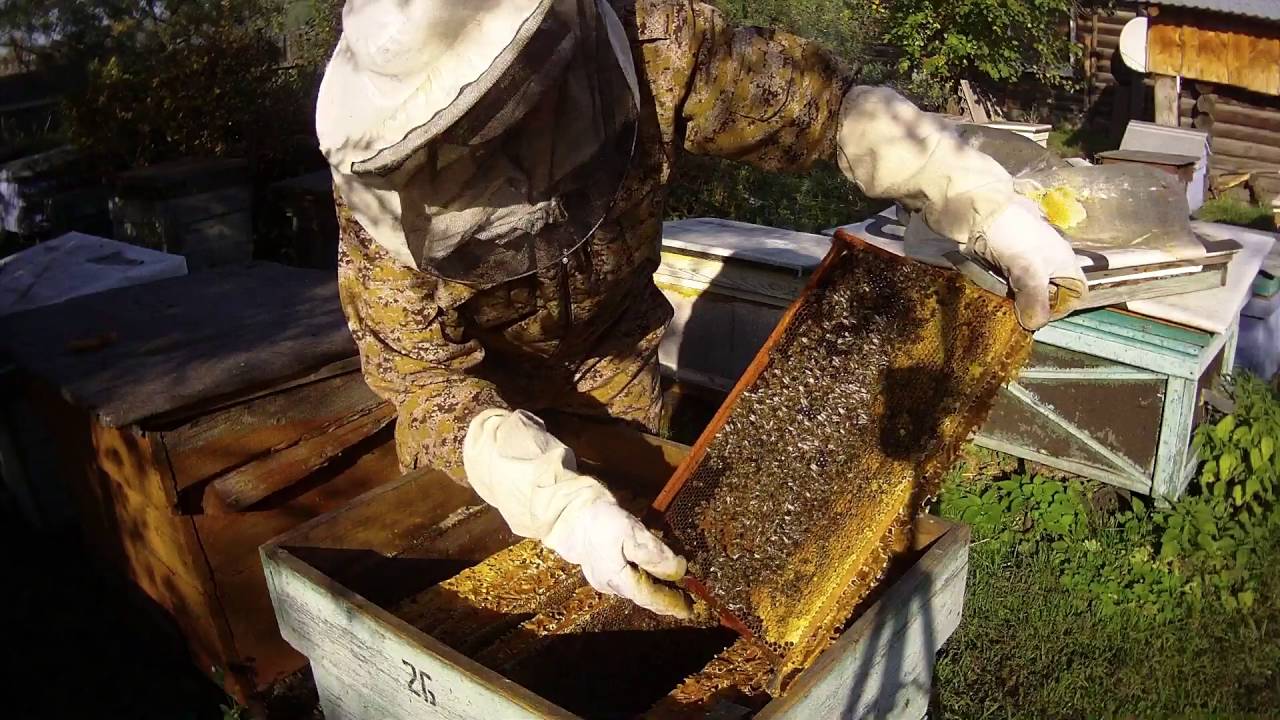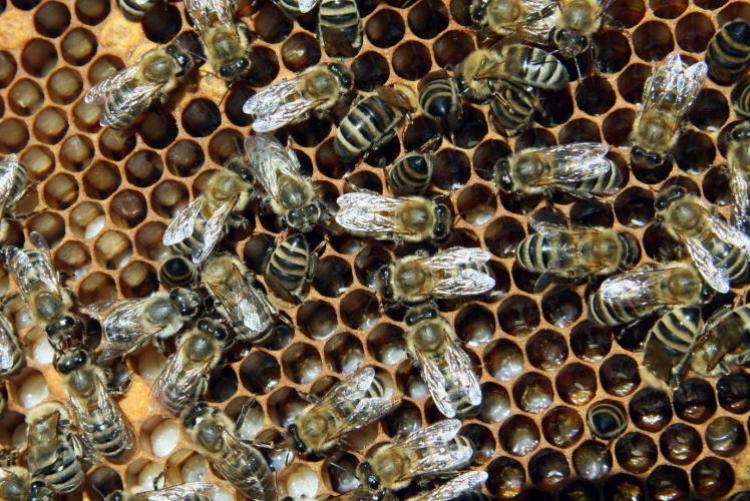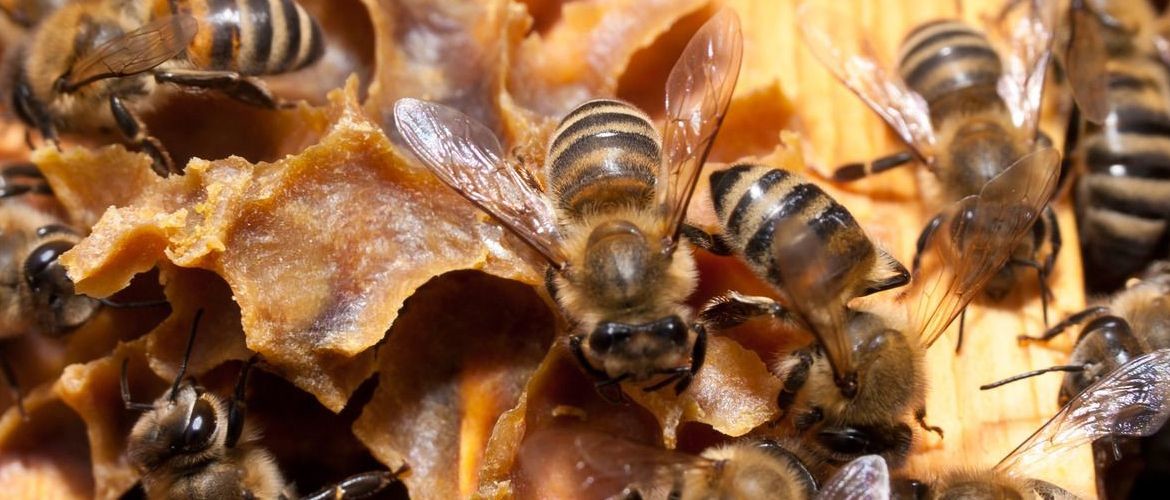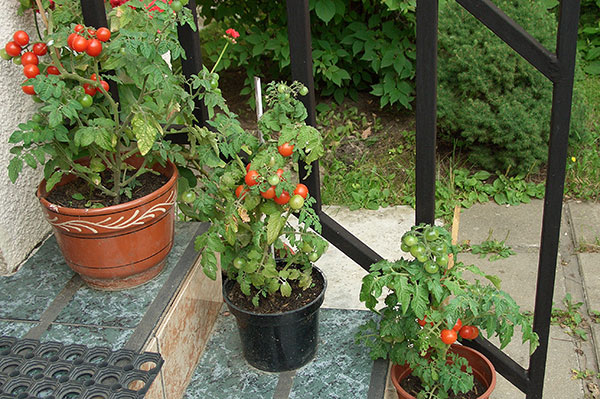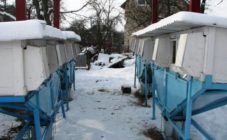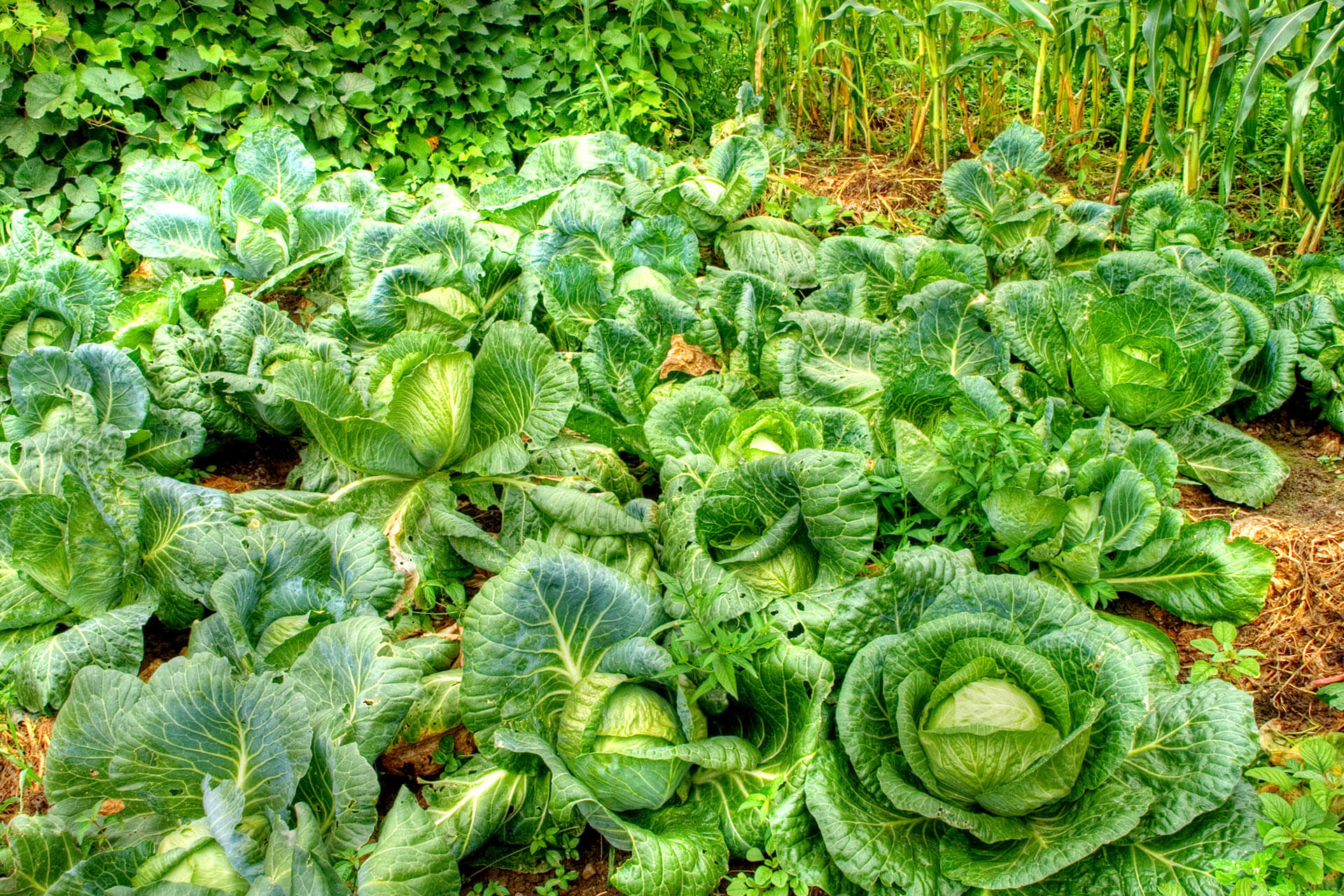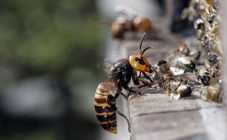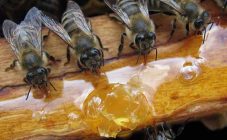Content:
Both experienced and novice beekeepers know the following life proverb - the quality of each honey harvest depends on how correctly the bee colony is prepared for wintering. To achieve the desired result, you should definitely familiarize yourself with the intricacies of proper preparation of bees for the winter season in order to keep the hive intact and safe.
Without a doubt, it can be concluded that the beekeeper can gain experience only in the process of hard and long-term work with the apiary. An excellent yield of flower honey in spring can only be achieved thanks to a strong and strong bee colony. An indicator that the wintering was successful is the number of working bees, as well as how hardy and strong they are.
In order to create the necessary conditions for the maximum and successful survival of individuals in the winter season, it is necessary to carry out work on the preparation of the hive throughout the entire active collection of honey. But to determine the degree to which the hive is prepared for wintering, it is necessary with the help of an autumn audit.
Assembling a bee nest for the winter - wintering outside
Preparing bees for hibernation is extremely important for bees to survive during the winter season. It is necessary to form a nest only in warm weather, otherwise, insects can be disturbed, because they stray into a tight ball. In the process of laying frames with food for insects, do not neglect the specific traits of bees, as well as how they will move around the hive in winter.
The main task of the beekeeper is the correct formation of a bee nest in winter, taking into account all the characteristics of insects. You can correctly form a nest using the following methods:
- Two-sided method, which involves the installation of two frames, each of which should be filled with 2 kg of honey. Separately, you should install 2 more frames, and load them with 2.5 kg of honey, and along the edge you need to build a structure and pour 3 kg of honey into it. As for the final consumption, it is equal to 20 kg of honey, while it should be remembered that the location of the tray should be strictly in the center.
- One-way method of nest creation, which includes less honey consumption in relation to the previous method. This can be explained by a slightly different way of mounting frames. Along the edge of the walls, one structure should be installed that can hold 3 kg of honey, and the next - with 1.5 kg. Then place 3 more frames, each of which should contain 2 kg of honey, and one frame with 2.5 kg of food. All 2 are completed with frames with 3 kg of food, which the bees will feed on in winter.
- A method of forming a nest called Beard, with which you can significantly save honey used to feed insects. In the center of the hive, you need to place frames into which you should first pour a small amount of honey. As for the subsequent frames extending from the center, then even less feed must be poured into them.
Due to the fact that the uterus is constantly in the middle, it is completely provided with enough food in order to be active and productive. And for insects, this is the main condition.But it is worth noting that the Beard method is practically not used by experienced beekeepers for the reason that insects will gather to the center of the nest and separate, which can lead to the death of many individuals.
Do I need to collect a nest of bees in the winter, how to collect it correctly
Bees need to survive the winter season as favorably as possible. The beekeeper is obliged to create conditions that will be comfortable and optimal for the insects to maintain their productivity for the next season. Be sure to read the recommendations that will help you correctly assemble the nest for the winter.
As for the first stage of preparation, it should fall in the second half of the summer. The family needs to carry out the initial actions - stop feeding the drones, seal the cracks formed with propolis, which acts as a kind of glue. When the drones are completely weakened, they must be driven out of the hive.
You need to prepare food in the side, as well as in the upper part of the nest body. It is worth noting that due to the fact that honey is constantly pumped out of the hive, its natural environment is disturbed. It is for this reason that bees cannot independently prepare for wintering at the level that they need in their natural habitat.
When preparing hives for wintering, it is necessary to carefully examine the combs. If there are dark colored and old combs, they should be cut and replaced with new ones. If this is not done, then there is a possibility that the honey will be sugared next season. If some frames are damaged by wax moth, they also need to be removed and replaced with others.
Once the frames have been properly prepared, they must be positioned correctly by placing two units right in the middle of the hive. The weight of each frame should be 2 kg. The same frames should be fixed behind the central structure, their weight should also fluctuate within 2 kg. As for the last frames, their mass, in most cases, fluctuates within 3 kg.
It should be noted that this scheme is used in order to equip bee nests in the central and northern regions. In the southern regions, it is necessary to adhere to a different instruction: 2 frames weighing 2 kg each, then 1 sotorama, the mass of which is 3 kg, and on the sides, install 2 frames of 2.5 kg each. As a result, you should get at least 13 kg of the mass of the entire nest. The most relevant way to equip a bee nest for the winter is to install frames according to the following scheme:
- the first step is to secure the first 2 kg frame;
- then you need to fix another sotorama, the mass of which is 1.5 kg g;
- the next step is to install a frame weighing 2.5 kg;
- adhering to this sequence, 6 more rows should be alternated.
The final stage in the formation of a multi-body bee nest for the winter is the substitution of clean, beautiful and even honeycombs. It is in them that the uterus will be in the spring, but for now you just need to fill them with honey and substitute the store to the hive. It is worth noting that shops are needed only for strong bee colonies. They often climb inside and feed on food.
Preparing bees for hibernation forming a nest
As for checking the hives in the fall, it is the first stage in preparing the apiary for wintering. With the help of such a procedure, it is possible to identify flaws in the hives, as well as to determine what work should be done without fail. It is necessary to promptly begin to eliminate all shortcomings (own or natural) in order for the bees to be able to overwinter.Such responsible work as the formation of bee hives should be carried out taking into account some key points, namely:
- It is imperative to take into account the age of the uterus, since sowing of the brood and the total number of the hive in order to winter well depend on this.
- Stocks of feed, such as honey and bee bread, must be of high quality, and you also need to roughly calculate its amount.
- The condition of the combs should be assessed in order for the insects to survive the winter well. Particular attention should be paid to the general condition of the bees in the nest - whether they are active or infected with any diseases and other factors.
- Successful wintering can be maximally ensured by assessing the number of young individuals of the bee colony.
The above general indicators should be known to every beekeeper, both experienced and beginner. When forming a nest, attention should be paid to every little detail, even the most insignificant. In order to timely prepare insects for winter, an autumn audit will be required. The optimal time for such work is the moment when the main collection of honey was performed.
The autumn formation of bee hives is the most important and laborious stage in beekeeping. Due to low temperatures, representatives of the bee colony are inhibited in development, which, in general. It negatively affects how the bees will develop in the future. Due to the fact that the level of carbon dioxide increases, there is a rapid physiological aging of bees, and due to a decrease in air temperature, the energy consumption of arthropods for regulating the microclimate in the nest increases.
As for the conditions that will help preserve the activity of overwintered bees, as well as good volumes of honey, they consist of three main points. Firstly, the bee colony must necessarily increase its strength, secondly, it is necessary to feed the bees only with high-quality feed, and thirdly, it is necessary to properly build a nest and create the necessary conditions in order to keep arthropods during the cold and frost season.
